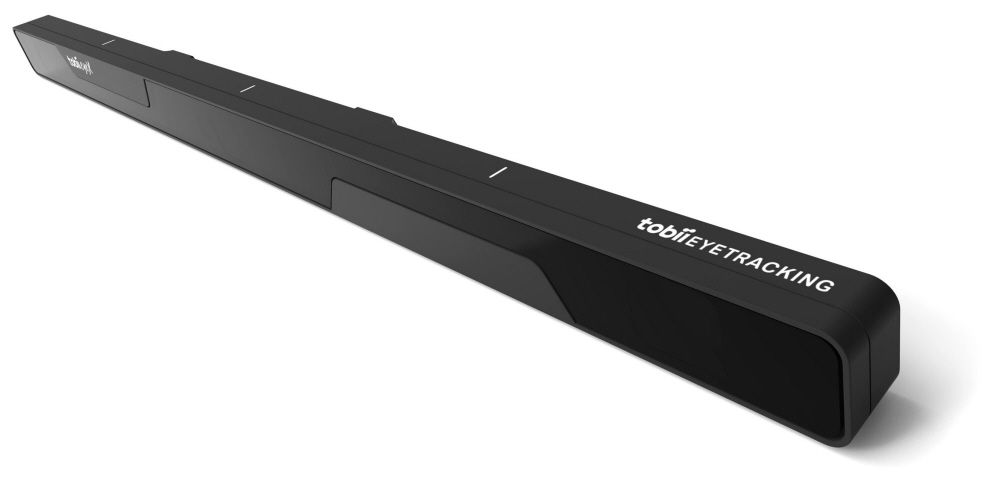Want to use Windows Hello face recognition on your PC? Here is how.
Windows Hello allows users to employ a range of authentication methods to log into Windows 10, including a PIN number, fingerprints, and face recognition.

Not long ago, facial recognition was restricted to a number of brand new devices fitted with Intel RealSense 3D cameras. This hardware is built into some new laptops and 2-in-ones, such as Microsoft Surface Book.
This trend is about to change, as eye-tracking company Tobii has recently created a biometric face recognition eye-tracker, designed to work with a number of systems, including Windows Hello. As a matter of fact, the system is being introduced as “the world's 1st ever validated eye tracker for Windows Hello”.
This system, coupled with Tobii EyeX Software, is compatible with any computer that runs Windows 10, and can be setup quickly by following simple instructions provided in an instructional video produced by the company, and available on YouTube.
For those users particularly concerned with privacy, this is great news, as, until now, the options available to anyone who doesn’t own a Surface tablet of Surface Book, were third party fingerprint readers, or rather expensive iris scanners, many of which aren’t designed to work with Windows 10.
Tobii’s hardware can be mounted very quickly at the bottom of most laptop displays, fitting the bottom frame of the screen, so as not to obstruct the desktop. On desktop PCs, the $139 unit is capable of fitting along the frame of most display monitors.
Microsoft has taken a stand against passwords, and has been on a mission to eliminate conventional and potentially unsafe authentication methods on Windows 10, since its release.
Tobii versus Intel
Last August, Intel RealSense 3D cameras were put to the test in Australia, where multiple sets of twins were asked to test Windows Hello’s face recognition capabilities, and find out of Windows Hello would be capable of distinguishing between two seemingly identical faces from twin siblings. The test also included subjects trying to “fool” Windows Hello, by swapping hairstyles, and even eyewear. The results were astounding, with only one instance of Windows Hello not being able to recognize one set of twins at all.
It’s hard to say whether Tobii’s hardware is capable of a similar feat without an actual field test, however, according to demos showcased at CES as early as 2014, the company, headquartered in Stockholm, Sweden, seems more than capable of creating very accurate hardware to measure a variety of biometric input.